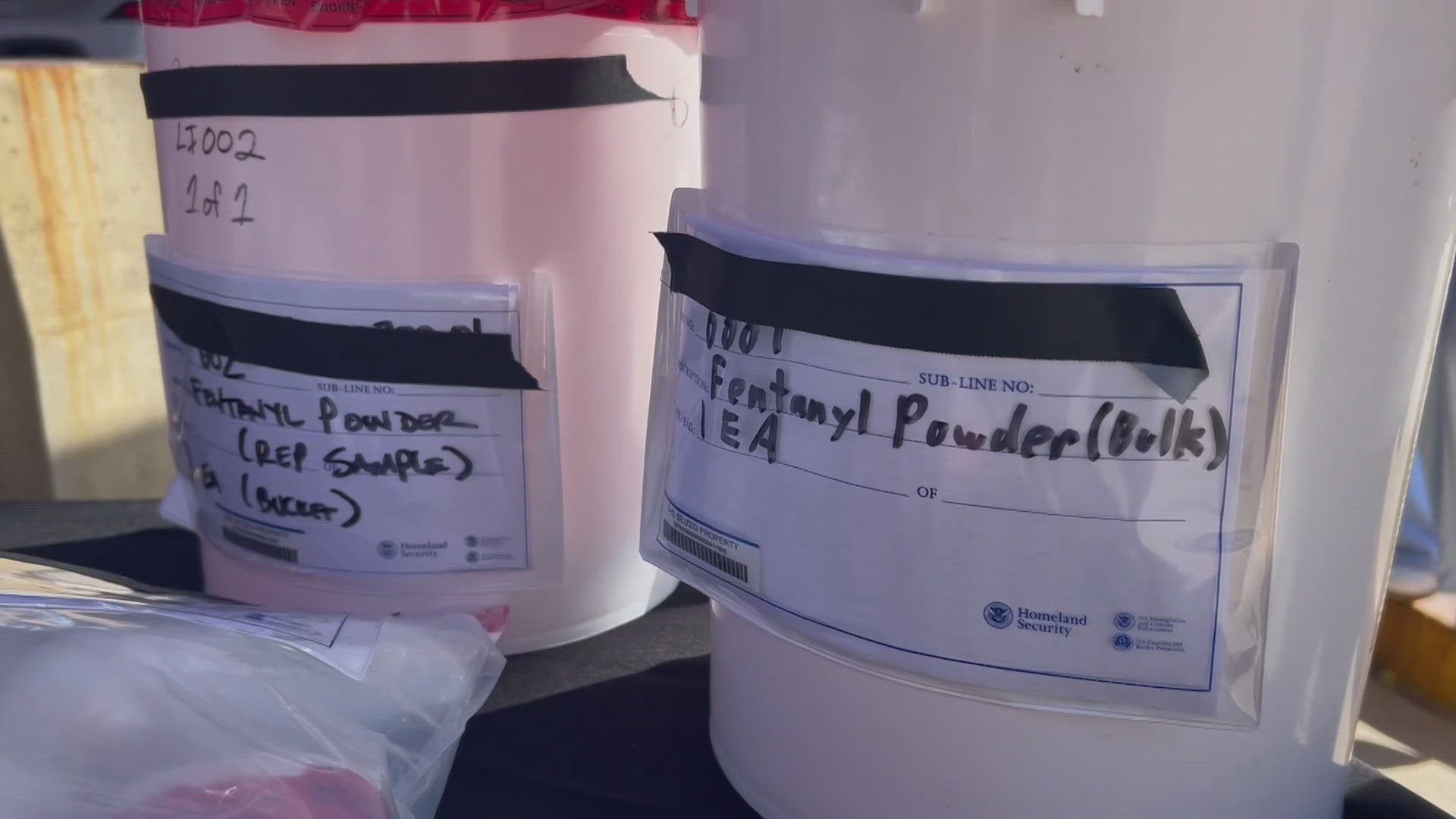YUMA, Ariz. — The Biden Administration was hopeful that some policy changes would help ease the pressure on border towns and relief agencies when it eased some border restrictions a year ago.
The results have been mixed: The number of migrants attempting to cross is still high, and parts of the border fence at Yuma have been fixed. And the U.S.-Mexico border continues to be the focal point of a contentious debate.
What the Biden Administration enacted
The administration put into place stricter punishments for illegal border crossers amounting to a five-year ban from re-entering the country. The feds also created new pathways for migrants to apply for asylum. They could use a phone app and turn themselves in at two U.S. processing centers in Guatemala and Columbia.
The administration also enacted a policy to collect DNA samples from adults for the purpose of comparing them to the FBI’s criminal database.
Border encounters remain at historic highs
Overall, 2023 was a year that represented a continued long-term surge since the pandemic. In fact, the past three fiscal years have seen the highest annual apprehension totals since the next closest year, 2000.
In 2023 there were 2.05 million apprehensions.
Monthly encounters hit an all-time high in December, with 302,000.
The profile of migrants is also very diverse. Roughly half are not from Mexico or Central America. They are traveling from places like Venezuela, Brazil and several African countries. In December, the U.S. Border Patrol encountered 6,000 Chinese citizens. The previous December that number was just 900.
Court backlogs continue to grow
The majority of people who turned themselves in at the border over the past three years were sent back to their home country or expelled.
But those who qualify to apply for asylum are allowed to stay with relatives or hosts in the U.S. The backlog for immigration hearings is growing.
According to a Syracuse University database, the average wait for asylum seekers in Arizona to have a court hearing is 984 days.
In other states, it’s worse. Utah’s average wait time is 1,200 days and in Florida, it’s 1,400 days.
Border gaps near Yuma are closed
One area of improvement can be seen in and around Yuma.
When 12News visited Yuma County Supervisor Jonathan Lines last summer, Lines said Homeland Security had personally assured him they would close 9 border gaps. As of last June, the feds had only closed one. Since then, 8 of 9 gaps have been closed, including a stretch where then-Governor Doug Ducey famously planted shipping containers.
Physical barriers at the gaps allow the border patrol to concentrate their efforts.
Lines says a remaining gap of 8 miles remains.
A missed opportunity after Republicans block immigration deal
The past year came close to being remembered for a monumental immigration deal.
Arizona Senator Kyrsten Sinema (I) spent four months negotiating with handpicked leaders from Republicans and Democrats in Congress. The three hammered out a bipartisan agreement would have addressed courts, asylum cases, streamlined deportations, and would even have allowed for an immediate emergency closure of the border.
The bill received endorsements from the National Border Patrol Council and mayors across Arizona border towns. The conservative Wall Street Journal editorial board called it the most restrictive immigration bill in decades.
But just one day before it was scheduled for debate on the Senate floor in January, former President Trump effectively killed the proposal.
According to several Republicans, Trump told them he did not want an agreement passed before the election.
“He indicated to senators he does not want to solve the problem at the border. He wants to be able to lay the problem at the feet of Biden,” said Mitt Romney, Senator (R) from Utah.
The failure prevented Sinema from the chance to end her final year in the Senate with a historic accomplishment.
“We produced a bill that finally after decades of all talk and no action secures the border and solves the crisis,” said Sinema. “In the past 24 hours my Republican colleagues changed their minds. It turns out border security is not actually a risk to our national security. It’s just a talking point for the election.”
The Border
Get the latest news and updates on the 12News coverage of the U.S./Mexico border.



